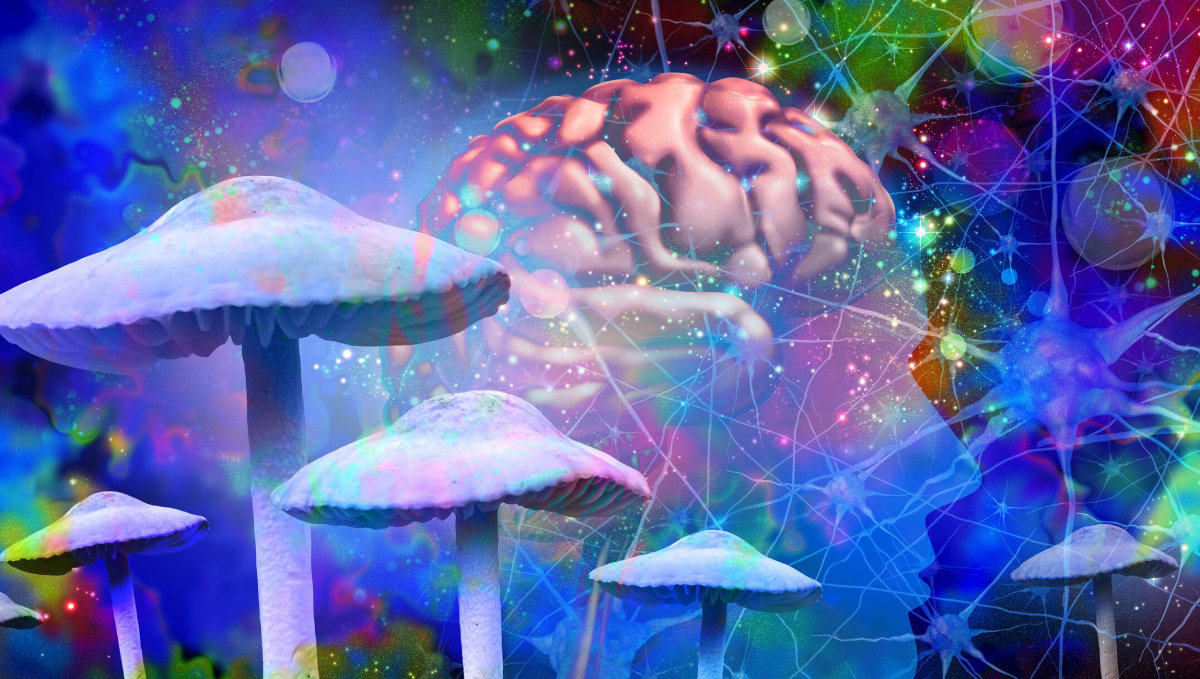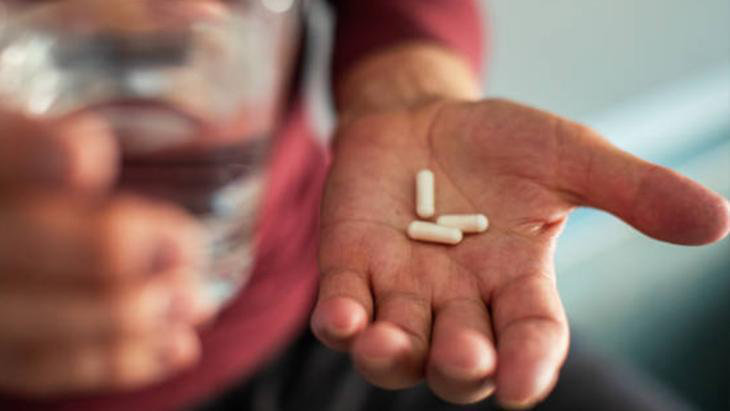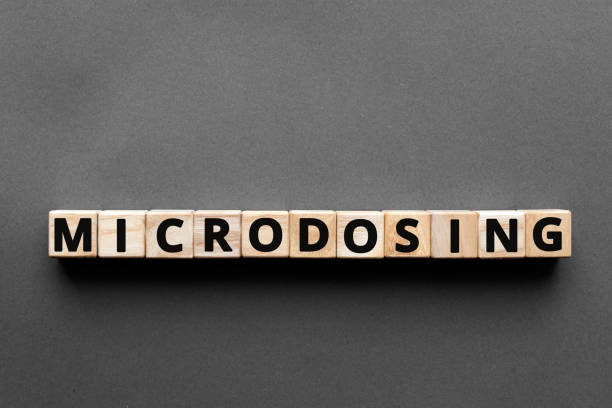Combining Modafinil and Psilocybin: Cognitive Enhancement or Risky Experiment?
Interest in nootropics and psychedelics has surged, particularly for their potential to enhance cognitive function and creativity. Modafinil, a prescription drug known for treating sleep disorders and boosting alertness, and psilocybin, the active compound in magic mushrooms known for altering perception and addressing mental health challenges, have drawn significant attention. Exploring their combined effects reveals both intriguing possibilities and notable risks.
Understanding Modafinil
What is Modafinil?
Modafinil, marketed as Provigil®, is approved by the FDA for excessive sleepiness associated with narcolepsy, obstructive sleep apnea, and shift work disorder (FDA, 2015). It is also widely used off-label as a cognitive enhancer, especially in demanding work environments (Brühl, d’Angelo, & Sahakian, 2019).
Mechanism of Action
Modafinil increases extracellular dopamine by inhibiting dopamine transporters, also affecting norepinephrine, glutamate, and GABA neurotransmission. These effects enhance alertness, attention, and executive function without the euphoria associated with stimulants (Greenblatt & Adams, 2023).
Benefits of Modafinil
Clinical studies demonstrate improved attention, memory, and decision-making, especially in sleep-deprived individuals. Unlike amphetamines, Modafinil has a lower risk of addiction and is generally well tolerated (Brühl et al., 2019; FDA, 2015).
Risks and Side Effects of Modafinil
Common adverse effects include headache, nausea, anxiety, and insomnia. Rare but serious risks include psychiatric symptoms such as mania or psychosis, particularly in vulnerable populations (FDA, 2015; Greenblatt & Adams, 2023). Long-term safety data remain limited.
Understanding Psychedelics (Psilocybin)
What is Psilocybin?
Psilocybin is the active ingredient in “magic mushrooms,” classified as a classic serotonergic psychedelic. It has a long history of ceremonial and medicinal use and is currently under investigation for psychiatric therapy (Nichols, 2016; Lowe et al., 2021).
Mechanism of Action
Psilocybin is converted to psilocin in the body, which acts as a partial agonist at serotonin 5-HT2A receptors, primarily in the cortex. This interaction leads to altered sensory perception, cognition, and mood (Nichols, 2016).
Benefits of Psilocybin
Clinical trials show psilocybin-assisted therapy can reduce symptoms of depression, anxiety, PTSD, and addiction, sometimes with sustained benefits after a single treatment (Lowe et al., 2021; Nichols, 2016). Microdosing psilocybin is reported anecdotally to enhance creativity and motivation, though more research is needed.
Risks and Side Effects of Psilocybin
While generally considered physiologically safe, psilocybin can cause acute psychological distress (“bad trips”), anxiety, paranoia, and rare instances of Hallucinogen Persisting Perception Disorder (HPPD) (Nichols, 2016). Dependence risk is low.
Combining Modafinil with Psychedelics (Psilocybin)
Rationale for Combination
The combination aims to synergize Modafinil’s executive and alertness benefits with psilocybin’s emotional and creative enhancements (Brühl et al., 2019; Nichols, 2016). Anecdotal reports from high-performance professions indicate interest, but robust evidence is lacking.
Potential Benefits of Combination
Theoretically, Modafinil may help maintain cognitive clarity and focus during or after psilocybin use, potentially balancing emotional openness with task performance (Brühl et al., 2019).
Potential Risks of Combination
No clinical studies have evaluated the safety or efficacy of combining these substances. Potential risks include exacerbation of anxiety or psychosis, unpredictable pharmacodynamic interactions, and legal issues due to psilocybin’s regulatory status (FDA, 2015; Nichols, 2016).
Scientific Evidence and Research Gaps
Modafinil’s pharmacology and clinical profile are well documented (FDA, 2015; Greenblatt & Adams, 2023), as is growing evidence supporting psilocybin’s therapeutic use (Nichols, 2016; Lowe et al., 2021). However, combined use remains unstudied in controlled settings, highlighting a crucial research gap (Brühl et al., 2019).
Conclusion
Modafinil and psilocybin each hold promise for enhancing cognition and mental health in distinct ways. Their combination could potentially provide balanced benefits but carries unknown risks and ethical complexities. Until rigorous research is conducted, this combination should be approached with caution and professional guidance.
References
- U.S. Food and Drug Administration. (2015). PROVIGIL® (modafinil) tablets, for oral use, C-IV [prescribing information]. U.S. Department of Health and Human Services. Retrieved from https://www.accessdata.fda.gov/drugsatfda_docs/label/2015/020717s037s038lbl.pdf
- Greenblatt K, Adams N. Modafinil. [Updated 2023 Feb 6]. In: StatPearls [Internet]. Treasure Island (FL): StatPearls Publishing; 2025 Jan-. Available from: https://www.ncbi.nlm.nih.gov/books/NBK531476/
- Brühl AB, d’Angelo C, Sahakian BJ. (2019). Neuroethical issues in cognitive enhancement: Modafinil as the example of a workplace drug? Brain Neurosci Adv, 3, 2398212818816018. https://doi.org/10.1177/2398212818816018
- Lowe H, Toyang N, Steele B, Valentine H, Grant J, Ali A, Ngwa W, Gordon L. (2021). The therapeutic potential of psilocybin. Molecules, 26(10), 2948. https://doi.org/10.3390/molecules26102948
- Nichols DE. (2016). Psychedelics. Pharmacological Reviews, 68(2), 264-355. https://doi.org/10.1124/pr.115.011478








